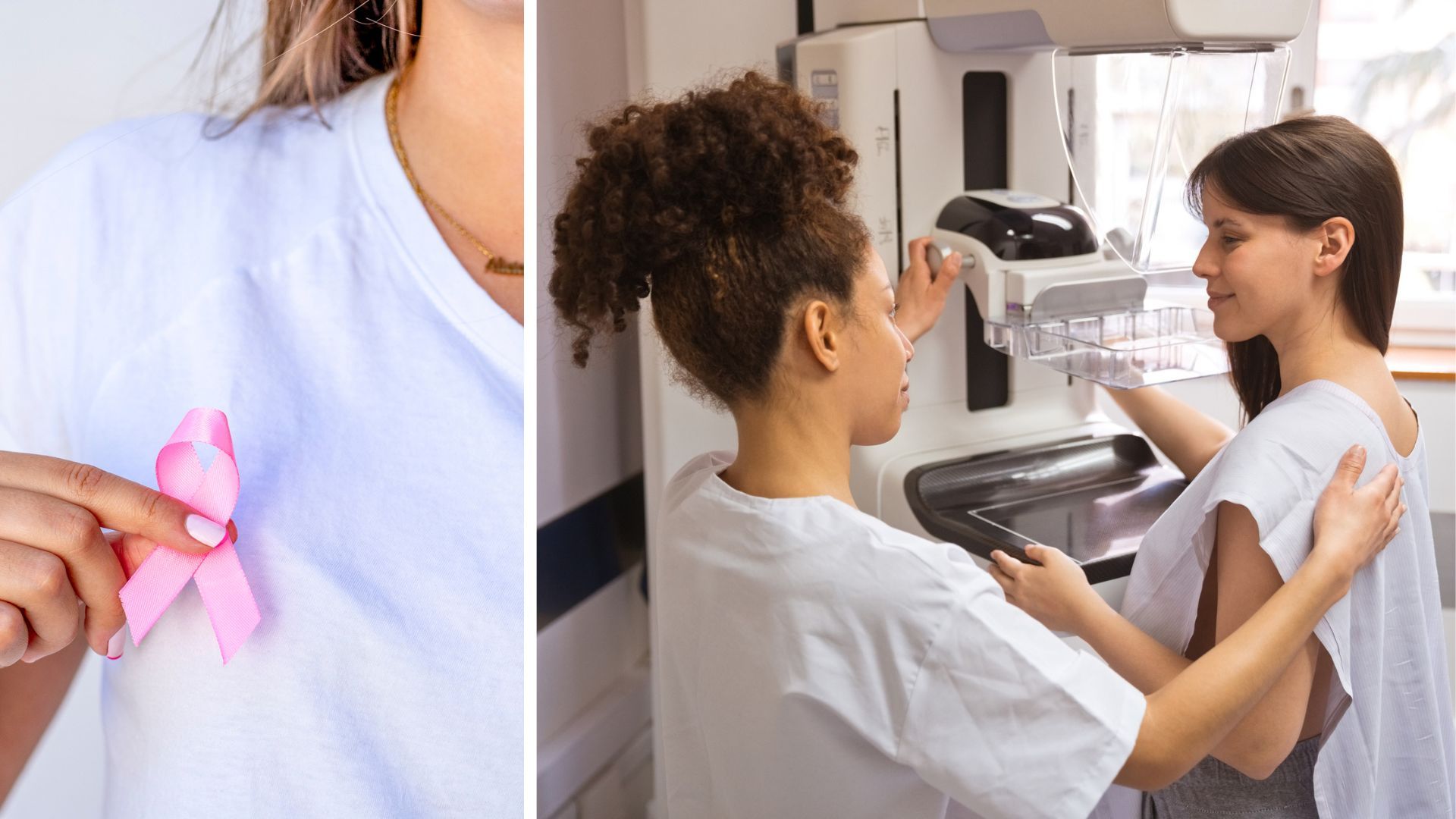Women in the UK are invited to have a mammogram – a routine breast screening – between the ages of 50 and 53, then invited back every three years until they turn 70. But despite it being one of the best ways to prevent cancer deaths, reports found that four in 10 women still don’t take up their mammogram invitation.
The non-invasive test can detect breast cancer at an early stage and is about 85-90% accurate in detecting abnormalities. Mammography is thought to have reduced breast cancer mortality rates by approx 30-40% in women over 50, making it one of the most impactful medical screening tools ever.
Knowing a bit more about them can help them seem less daunting, so here’s what you can expect, plus some expert tips.
Let us know in our poll – and in the comments section at the bottom of this page – what your experience of mammograms has been like. Do you have any tips you’d like to share with other readers?
1. IT CAN CAUSE DISCOMFORT
The scan involves compressing the breast between two plates. It’s often described as ‘uncomfortable pressure’ that lasts seconds. “I compare it to a tight hug from a book,” says obstetrician and gynaecologist Dr Nisarg Patel.
“It’s not exactly pleasant, but it’s over very quickly.” If you still have periods, Dr Patel suggests scheduling a mammogram about a week after your period ends, when breasts may be less tender.
In a broadcasting moment that was widely praised, Vanessa Feltz had a mammogram screening live on air on This Morning. Her screening and interviews with nurses, survivors and regular mammogram recipients, was part of an NHS awareness campaign that saw visits to NHS breast screening advice pages increase 145% in a week.
Watch the candid video below to hear her description of the sensation.
2. YOU MIGHT FEEL WORRIED
Many women feel uneasy and concerned about what the scan might show. “A lot of women feel they should just turn up, get it done and get out,” says Dr Patel. “But speak to the person doing the test and ask questions, for example, if you have dense breast tissue.
“Having inside information about your breasts is useful, and might influence the way you self-check.”
3. WHAT YOU WEAR WILL HELP
Consider wearing a two-piece outfit, as you’ll need to remove your top half for the procedure. You should also remove any necklaces and nipple piercings.
Don’t use spray deodorant, talc, lotions or perfume on the day, as they can interfere with results. Roll-on deodorant is ok, though.
4. RADIATION RISK IS NEGLIGIBLE
This type of screening uses an X-ray to look inside the breast tissue, but the amount of radiation is very low and considered safe.
“X-ray mammography is the most effective way to detect breast cancer early, often before it can be felt, and these benefits far outweigh the very small potential risks from radiation exposure,” says Dr Deborah Lee, sexual and reproductive health specialist and medical writer.
5. YOU MAY RECEIVE A CALLBACK
A mammogram may detect something that requires a follow-up appointment. “People hear ‘callback’ and immediately think the worst, but often it might be something completely harmless, like a benign cyst,” says Dr Patel.
“It’s not always bad news; it’s about being thorough.”
6. IT DOESN’T REPLACE HOME CHECKING
“Self-checking allows you to monitor your breasts more frequently, helping you notice any new or subtle changes that a screening may miss,” says Dr Lee.
woman&home‘s resident GP Dr Amir Khan also advises that regular self checks are essential, saying “Knowing your normal could save your life.”
You should look out for new lumps, skin dimpling and nipple discharge. Make sure you check in all positions, including sitting, standing and lying down. Coppafeel has a self-check walkthrough on its website and app, and can send you a monthly reminder to perform your checks.




















